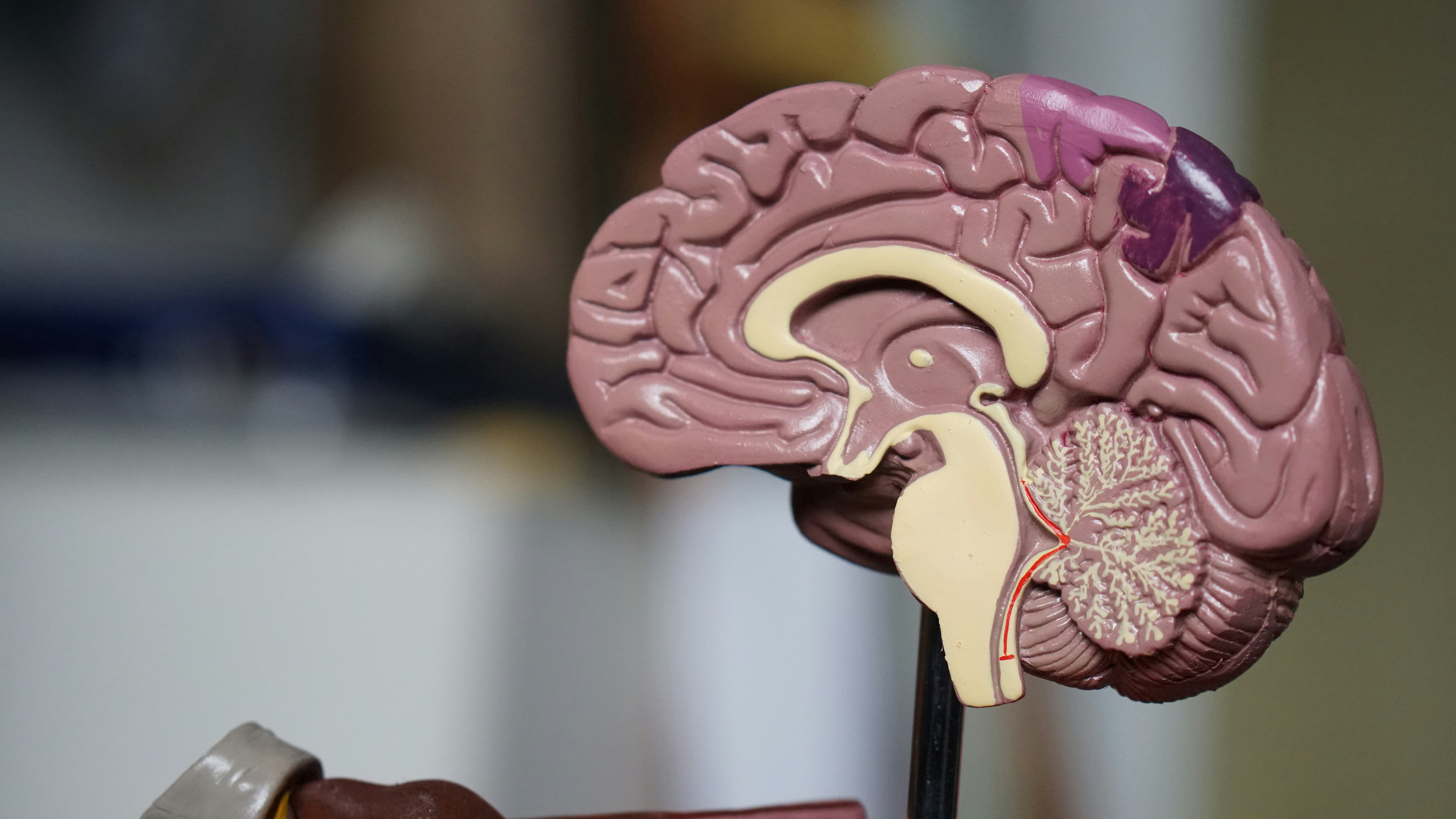Nursing Science Distance Learning: Content, Competencies, and Study Structure in 2025
A distance-learning program in nursing science offers a flexible way to explore research, care structures, and theoretical foundations within the field of nursing. The focus centers on scientific methods, quality development, and the analysis of care processes. Programs typically combine academic, methodological, and analytical competencies that can be applied across various care-related environments. This overview highlights common study content, general requirements, and the academic emphasis of nursing science distance-learning programs.

Distance learning in nursing science represents a significant evolution in healthcare education, providing accessible pathways for students worldwide to pursue comprehensive nursing qualifications. These programs integrate advanced educational technologies with traditional nursing principles to deliver quality education that meets industry standards and regulatory requirements.
Overview of Nursing Science
Nursing science encompasses the systematic study of healthcare delivery, patient care methodologies, and evidence-based practice principles. Distance learning programs cover fundamental areas including anatomy and physiology, pharmacology, pathophysiology, and nursing theory. Students explore healthcare systems, ethical considerations, and professional standards through interactive online modules and virtual laboratories. The curriculum typically spans three to four years, depending on the degree level and program structure. Core subjects include health assessment, therapeutic communication, infection control, and healthcare informatics. Advanced courses delve into specialized areas such as mental health nursing, pediatric care, geriatric nursing, and community health practices.
Study Content in Distance Learning Programs
Distance learning nursing programs deliver comprehensive content through multiple digital channels and learning management systems. Interactive lectures, video demonstrations, and virtual patient scenarios form the foundation of theoretical instruction. Students access digital libraries, research databases, and clinical simulation software to enhance their understanding of complex medical concepts. Coursework includes case study analyses, research projects, and collaborative group assignments that mirror real-world healthcare challenges. Laboratory skills are taught through virtual reality platforms and hands-on workshops at designated learning centers. Assessment methods combine online examinations, practical demonstrations, and portfolio submissions to evaluate student competency across various nursing domains.
Methodological and Academic Competencies
Nursing science distance learning programs emphasize critical thinking, research methodology, and analytical skills essential for modern healthcare practice. Students develop competencies in literature review, data analysis, and evidence-based decision making through structured research modules. Academic writing skills are refined through thesis preparation, case study documentation, and professional communication exercises. Technology proficiency becomes integral as students master electronic health records, telehealth platforms, and digital diagnostic tools. Quality improvement methodologies, patient safety protocols, and risk management principles are integrated throughout the curriculum. Students learn to evaluate healthcare interventions, conduct systematic reviews, and apply statistical analysis to nursing research projects.
Practice-Oriented Application Areas
Distance learning programs incorporate extensive practical components through clinical partnerships and simulation laboratories. Students complete supervised clinical rotations in hospitals, community health centers, and specialized care facilities to gain hands-on experience. Virtual patient care scenarios provide safe environments for practicing clinical decision-making and emergency response procedures. Telehealth applications, remote patient monitoring, and digital health interventions are explored as emerging practice areas. Students engage with interdisciplinary teams through collaborative projects and interprofessional education initiatives. Specialty tracks may include intensive care nursing, surgical nursing, maternal health, or public health nursing, each requiring specific practical competencies and certification requirements.
| Program Type | Duration | Cost Estimation | Key Features |
|---|---|---|---|
| Bachelor of Science in Nursing (BSN) | 3-4 years | $15,000-$40,000 | Comprehensive foundation, clinical rotations |
| Accelerated BSN | 12-18 months | $25,000-$50,000 | For degree holders, intensive format |
| Master of Science in Nursing (MSN) | 1.5-3 years | $20,000-$60,000 | Advanced practice, specialization options |
| Doctor of Nursing Practice (DNP) | 3-4 years | $40,000-$80,000 | Leadership focus, clinical expertise |
Prices, rates, or cost estimates mentioned in this article are based on the latest available information but may change over time. Independent research is advised before making financial decisions.
The structure of nursing science distance learning programs continues to evolve with technological advances and changing healthcare needs. Accreditation bodies ensure program quality through rigorous evaluation processes that assess curriculum content, faculty qualifications, and student outcomes. Graduates from accredited distance learning programs are eligible for nursing licensure examinations and professional certification in their respective jurisdictions. Career prospects include positions in hospitals, clinics, research institutions, and healthcare administration, with opportunities for specialization and advanced practice roles. The flexibility of distance learning makes nursing education accessible to diverse populations, including working professionals, parents, and students in remote locations, thereby addressing global nursing shortages while maintaining educational excellence.




